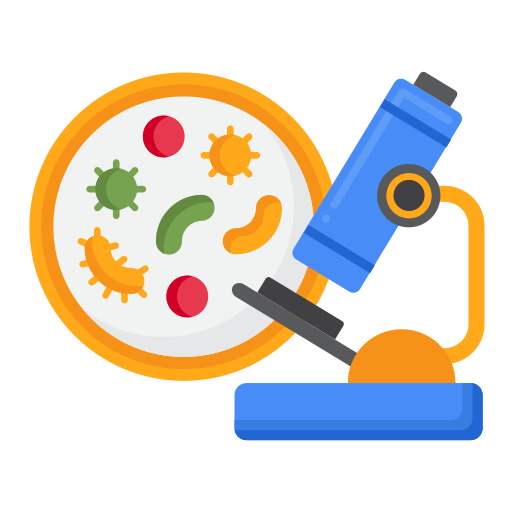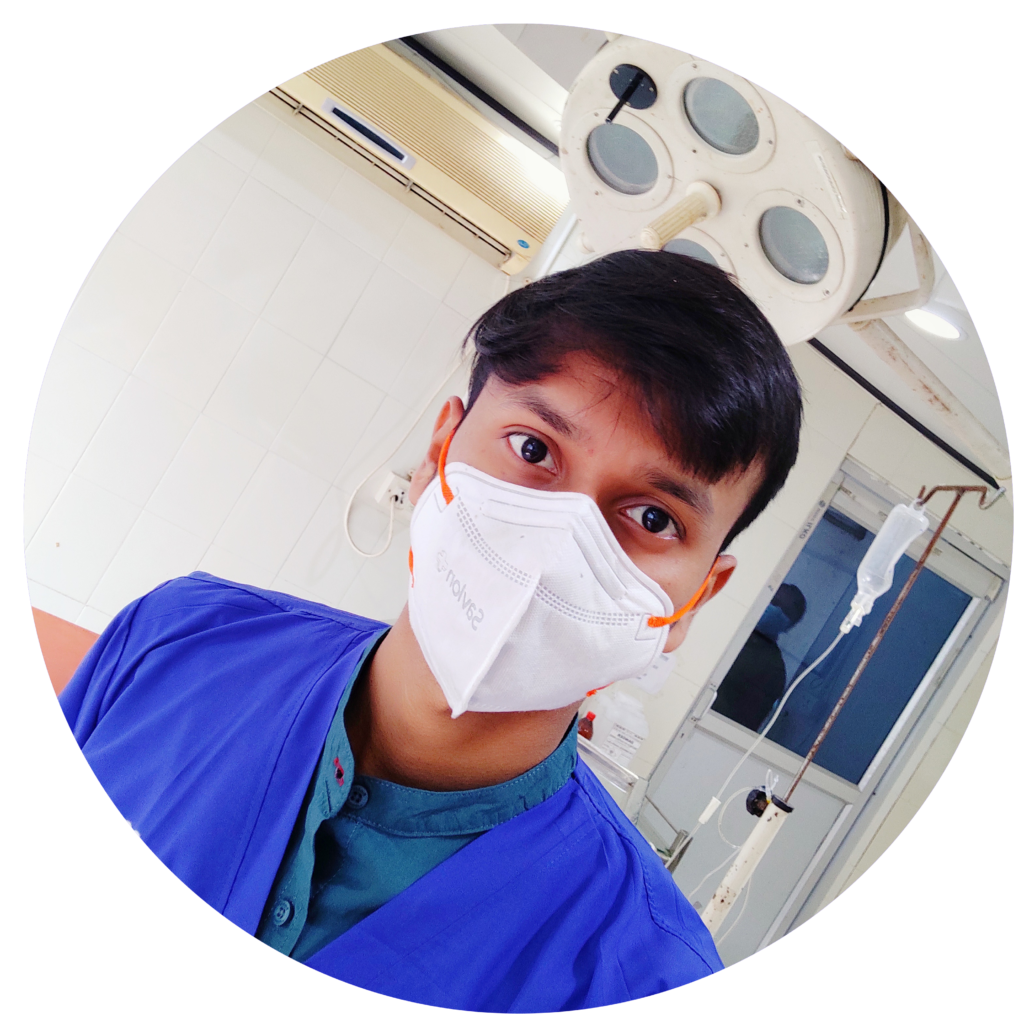
Microbiology
Topic-wise discussion
Unit 1: General Bacteriology
Milestones in the development of microbiology, Classification and nomenclature of bacteria. Structure, function and chemistry of bacterial nuclear apparatus. Cytoplasm, Intracellular granules, Cell wal, Cytoplasmic membrane, Mesosomes, Cap sale, Flagella, Fimbriae, Endospore, Protoplasts, Spheroplasts , L-forms , involution forms . Bacterial stains, staining and microscopy. Growth and nutritional requirements of bacteria. Bacterial enzymes. Respiration in bacteria. Carbohydras ate protein, fat and nucleic acid metabolism in bacteria. Reproduction and growth phase of bacteria. Effects of chemical and physical agents and antibiotics. Bacterial ariations including transduction, transformation and conjugation. Bacterial vaccines a ad toxins.The role of microbial toxins in the pathogenesis of diseases; Biochemical and biological characteristics of toxins produced by various bacteria. Toxin producing Gram positive and Gram-negative bacteria. Properties and clinical conditions produced by different bacterial toxins.
Unit 2: Systematic Bacteriology
Systematic study of bacteria belonging to genera Borrelia, Leptospira, Campylobacter, Pseudornonas, Brucella, Bordetella, Escherichia, Citrobacter, Salrmonella, Shigella, Klebsiella, Enterobacter, Proteus, Vibrio, Haemophilus , Staphylococus, Streptococcus, Bacillus, Clostridium, Listeria, Erysipelothrix, Corynebacterium, Nocardia, Rickettsia, Chalmydia, Mycoplasma, Acholeplasma, Spiroplasma, A iaeroplasma and Thermoplasma, Rhodococcus, Mycobacteriiim and Neisseria.
Unit 3: General Virology
Historical development of virology. Evolution, classification and nomenclature of viruses. Biophysical and biochemical characteristics of viruses. Cultivation of viruses as d their growth pat term in cell culture, embroyonated eggs and experimental animals. Purification and concentration of viruses s. Qualitative and quantitative assay of viruses. Viral replication, Virus-host cell relationships, Replication strategies of animal viruses and molecular pathogenesis for selected viral system. La cut, persistent and chronic viral infections. Study of genetic variability of animal viruses through use of monoclonal antibodies, autoimmunity, immunosuppression and viral mutation in persistence infections. General principles of laboratory diagnosis of viral diseases. Epidemiology and pathology of viral infections. Immune mechanis v in viral diseases. Interference and interferon. Viral vaccines, point of action of antiviral molecules during the replication cycle of a virus and search for new antiviral compounds, viruses and gene therapy. Chemotherapy of viral infections.
Unit 4: Systematic Virology
Systematic study of RNA and DNA viruses in livestock and poult ry with reference to antigenicity, cultivation, pathogenesis, epidemiology, diagnosis ‹ nd immunity, RNA vircises: Re troviruse s and lymp hotropic viruses, Visna and I daedi, ArbOViruses, Rotaviruses . Birnaviruses. Picornaviruses. Bunyaviruses . Comoa» iruses. Togaviruses , Paramyxoviruses , Ortliornyxoviruses, Rhabdoviruses. Picornaviri ises. Btinyavirus es. Arenaviruses. Arterioviruses. Calciviruses . Filovirsuses , DNA iruses: Poxviruses . Hepadnaviruse s. Iridoviruse s , Adenoviruse s, PapovaviruS( S. ParavoviruSeS . Hepadanaviruses. Circoviruses. Unclassified viruses. Slow viruses Scrapie.
Unit 5: Myoology
General characterstics of fungi. Cl assification and study of pathogenic fungi- Dpidermophyton, Microsporum, Trichophyton, Cryptococr as, Aspergillus,Blastomyces, Coccidioides, Histoplasma, Candida, Rhinosporidc m, Contaminating fungi, Rhizopus, Mucor and Penicillium. Fungi causing mast Otis , abortion and mycotoxicosis .
Unit 6: Immunology
Historical Perspectives. Host-parasite relationships. Antigens . ypes of antigens. Properties and specificity of antigens. Factor determining antigen icity. Haptens and carriers. Heterophile antigens. Adjuvants . Mechanisms of action classification and their uses. Immunoglobulins — their classes and sub-clas ses , stru :ture and function. Allotype s. Idiotypes. Genes coding for Igs. Generation of div ersity. Monoclonal antibodies. Ptirification of antibodies. Theories of antibody for mation. Lymphoid organs: primary, secondary and circulation of lymphocyte s , ce 1s involved in theimmune responsBe — lymphocytes, T lymphocytes, sub sets and riatore of receptors.Macrophages, Deridritic i-eticufar cells, Langerhan’s cells . Cellnla interaction s Cell- mediated immune responses. Mechanism of interaction of antigen and antibody. The corriplement system. Classical and alternate pa;thways. Set ological reactions: agglutination, precipitation, neutralization, CFT, FAT, ELIS/ , DII, RIA, etc, lrnmunological methods as an aid to diagnosis, blotting techniciiies like Northern, Wcs terri blotting, Major, Histocompatibility complex: organization.Nature of antigens and MHC restriction. Hypersensitivity imm ediate and delayed types, and mechanism of hypersensitivity. Mechanism of imrnri city, autoimmonity and immunological tolerance .
Unit 7: Molecular Cell Biology (Vaccine 8s Diagnostic Technology)
Role of biotechnology in ctiagnostics and vaccine s, RNA electropb erotyping. Probes – preparation of cDNA. Use of DNA probe in animal diseases diagnosis . Monoclonal antibodies. Application on monoclonal antibodies for diagnosis f animal diseases. Preparation of monoclonal antibodies. Nucleic acid hybridization Modern trends in vaccines. Recombinant DNA vaccines and their probable use in animal diseases. Bioinformatic tools in microbial research, Biosafety, Biosecurity, GJ4P and GLP.
